NFPA 101 Key Revisions for Healthcare Occupancies
By Bill Ledger, AIA, ACHA, NCARB, EDAC, LEED AP, LSSGB
July 9, 2024Post Tagged in
Ensuring the safety and well-being of patients, staff, and visitors in healthcare facilities is of utmost importance.One critical element that supports this goal is the National Fire Protection Association’s (NFPA) Life Safety Code (NFPA 101). This set of regulations outlines the necessary standards to protect people from fire and related hazards, and it undergoes periodic revisions to stay current with evolving technologies and practices. In this blog post, we’ll explore the key revisions made to NFPA 101 (LSC) concerning healthcare occupancies, focusing on the changes from the 2012 edition to the most recent 2024 edition. If you’re a healthcare administrator or facility manager, understanding these updates is crucial for maintaining compliance and ensuring the highest safety standards in your institution.
|

|

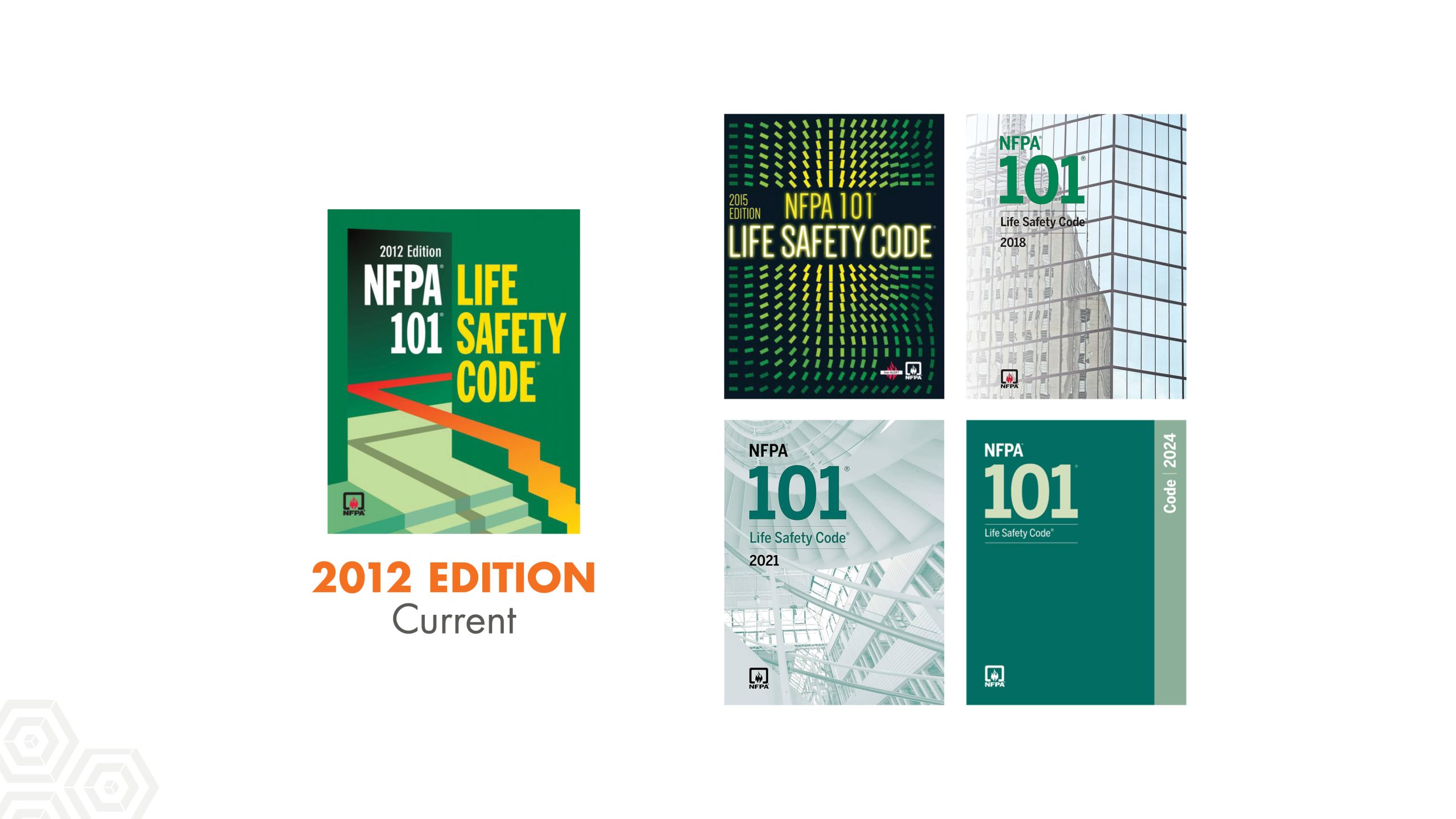
|
Purpose and Importance of the NFPA 101 Life Safety CodeWhy NFPA 101 MattersThe NFPA 101 Life Safety Code is a vital document that sets the groundwork for fire protection and life safety in various types of buildings, including healthcare facilities. Its importance cannot be overstated, as it is designed to ensure that buildings are constructed, maintained, and operated in a manner that maximizes safety for occupants. The Centers for Medicare & Medicaid Services (CMS) and many states have adopted this code to regulate healthcare facilities. The current edition in use is the 2012 version, which was adopted by CMS in 2016, replacing the 2000 edition. This update brought significant changes, reflecting advancements in technology and safety practices over the years. However, the process of updating these standards is lengthy, typically occurring every 10 to 15 years. This slow pace can hinder hospitals’ efforts to improve operations, staff performance, patient care, and sustainability. While CMS has not yet determined whether it will adopt the 2024 LSC or subsequent editions, the newer provisions can potentially be used to justify equivalent levels of life safety if cited during accreditation or licensure surveys. |

Detailed Examination of Key Health Care Occupancy Related Revisions Since the 2012 EditionKey Revisions in the 2015 EditionPatient Care Non-Sleeping Suites Maximum Size: Increased from 10,000 SF to 12,500 SF, with suites up to 15,000 SF permitted with complete coverage automatic smoke detection. Occupant Load Factor – Ambulatory Health Care Occupancies Decreased Load Factor: From 100 SF/person to 150 SF/person. Disguised Doors Murals on Egress Doors: Permits murals to disguise egress doors, particularly helpful for dementia units, provided specific conditions are met. Ambulatory Health Care Rewrite Self-Contained Chapters: Chapters 20/21 rewritten to eliminate referencing other occupancy provisions, making them self-contained. Atrium Walls Occupancy Separation: Allows atrium walls to serve as occupancy separation with specific construction requirements. |
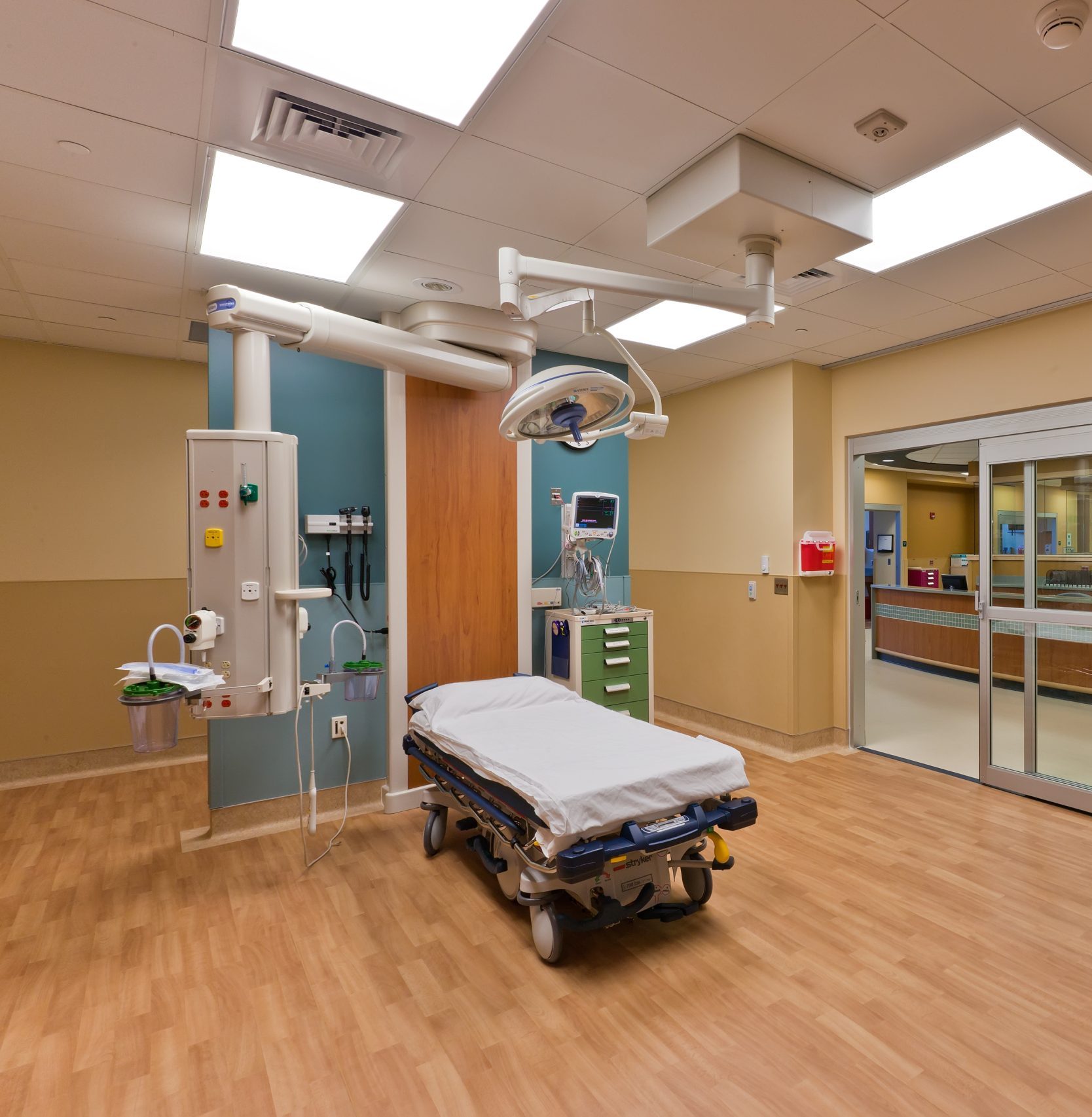
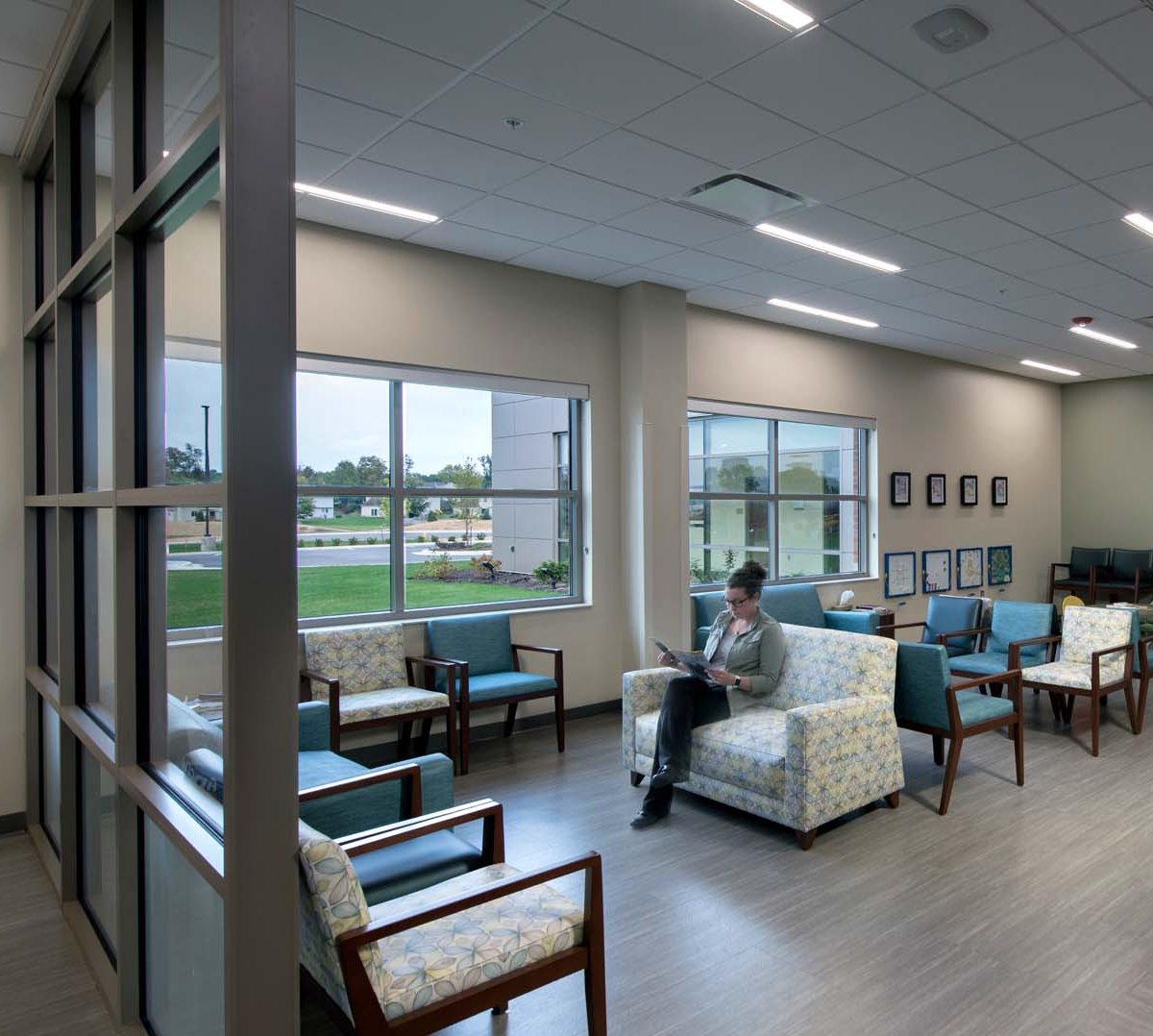
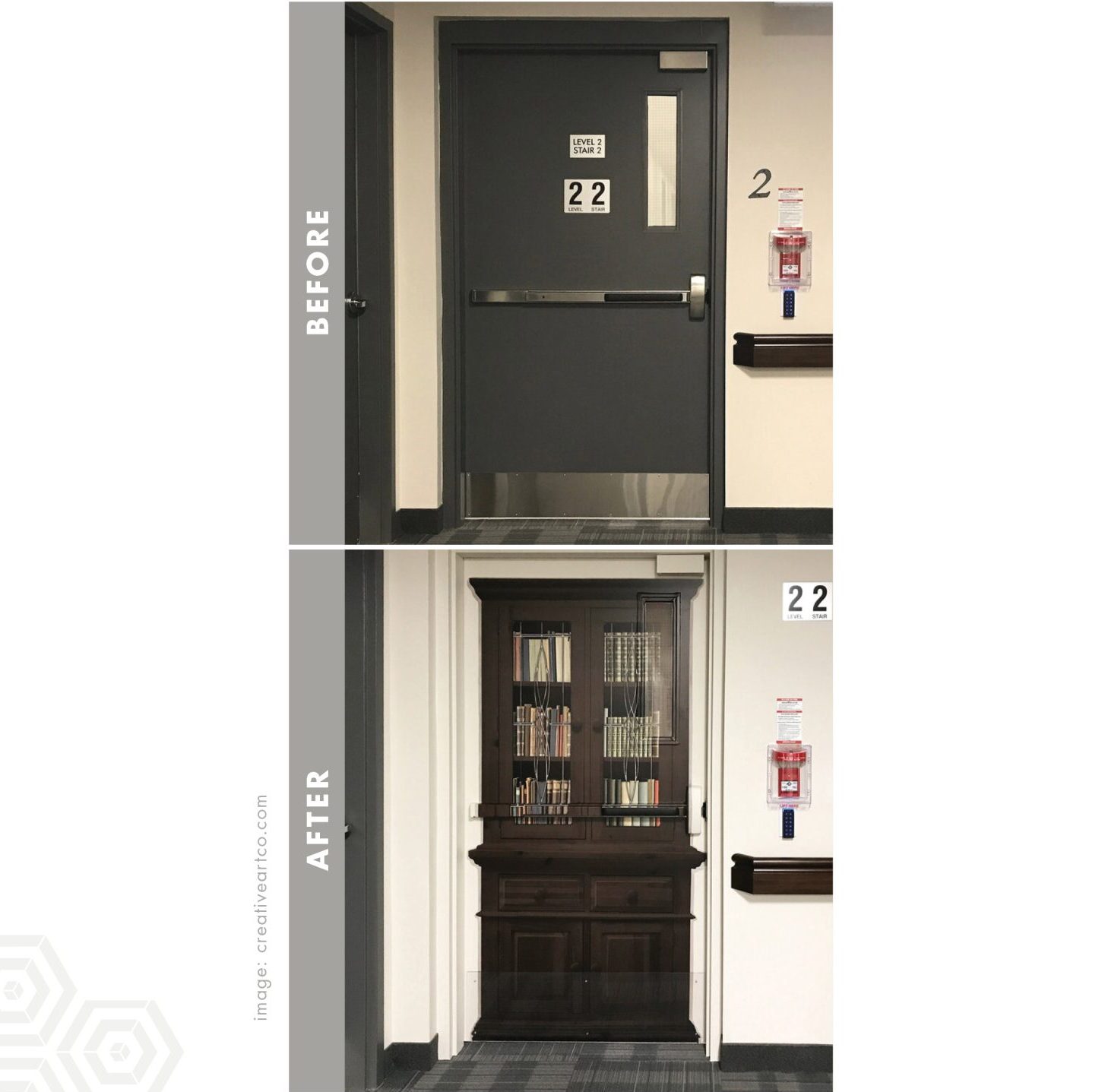
|




|
Key Revisions in the 2018 EditionHospital Smoke Compartments Size Adjustments: Revised maximum sizes for compartments depending on the configuration of patient sleeping rooms. Exit Enclosure Penetrations Permitted Pathways: Allows pathways for security and communication systems within exit enclosures if installed in metal conduit. |

Key Revisions in the 2021 EditionGross Floor Area New Definition: Applicable when calculating smoke compartments and suites, excluding certain floor openings. Door Inspections Revised Requirements: No longer requires annual fire door inspections on doors located in non-rated barriers. Fire Alarm Signals During Fire Drills Coded Announcements: Permitted during fire drills conducted between 9:00 PM and 6:00 AM. Soiled Linen & Trash Receptacles Increased Capacity Limit: From 32 gallons to 64 gallons for containers not located in hazardous area enclosures. |
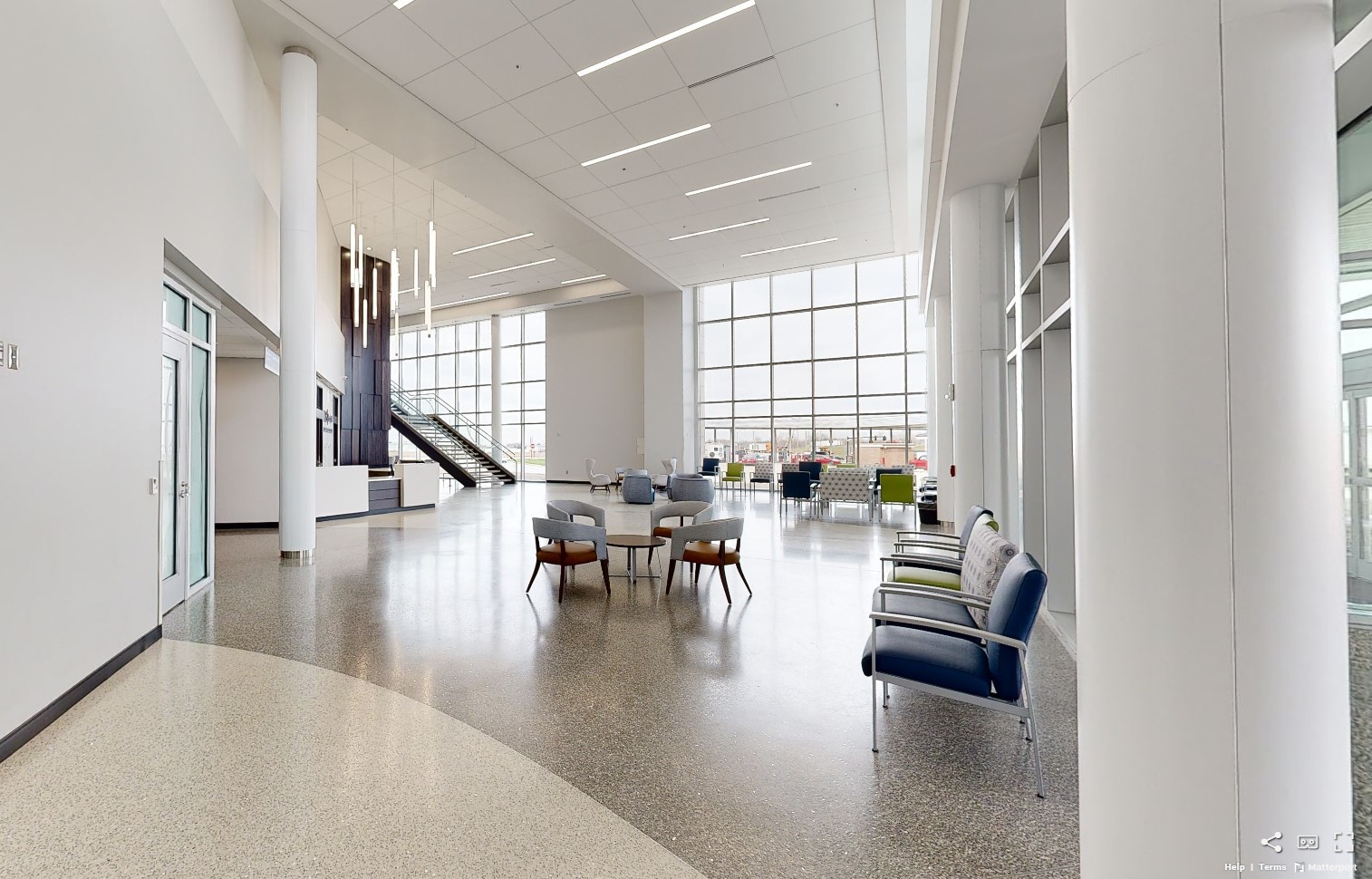
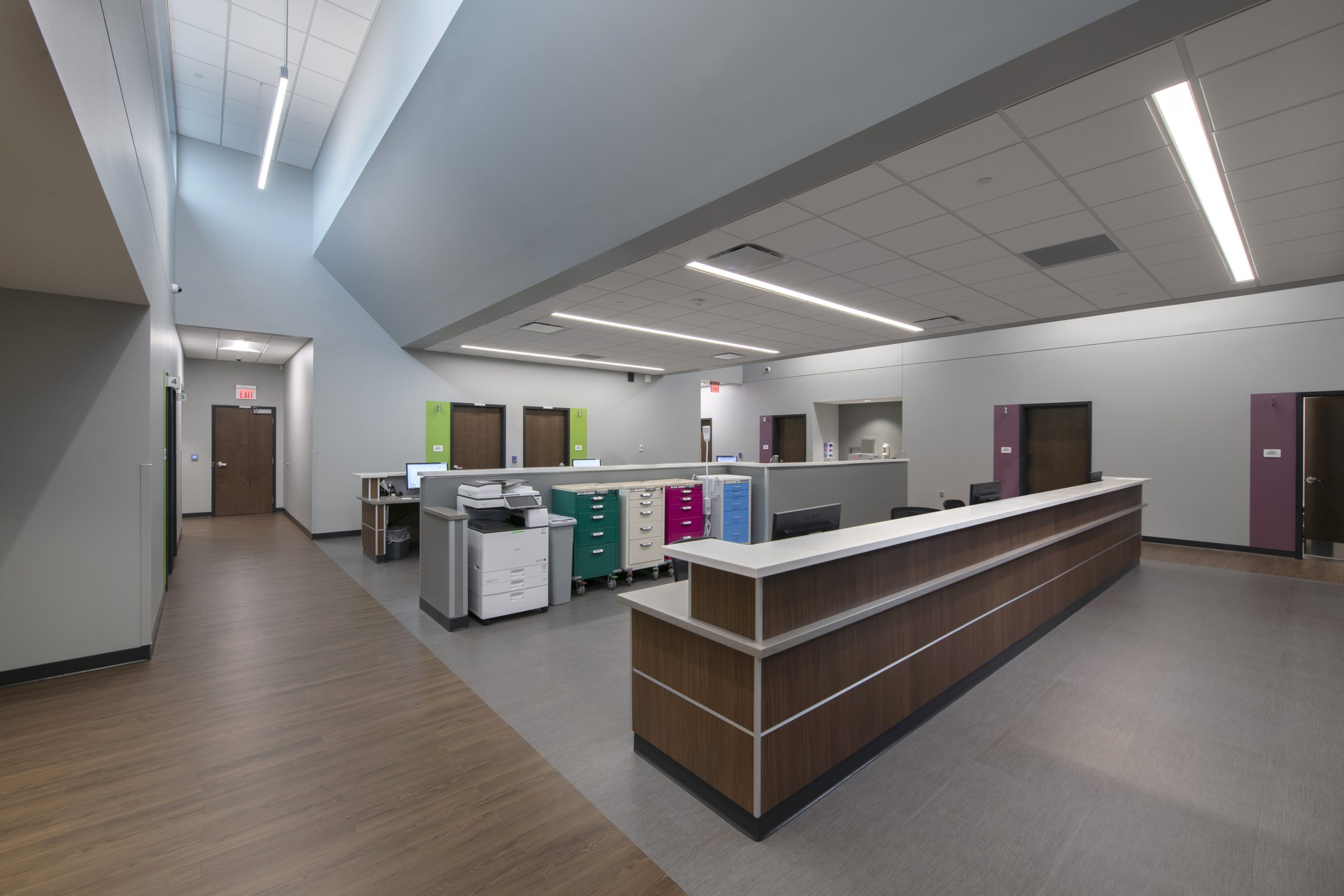
|


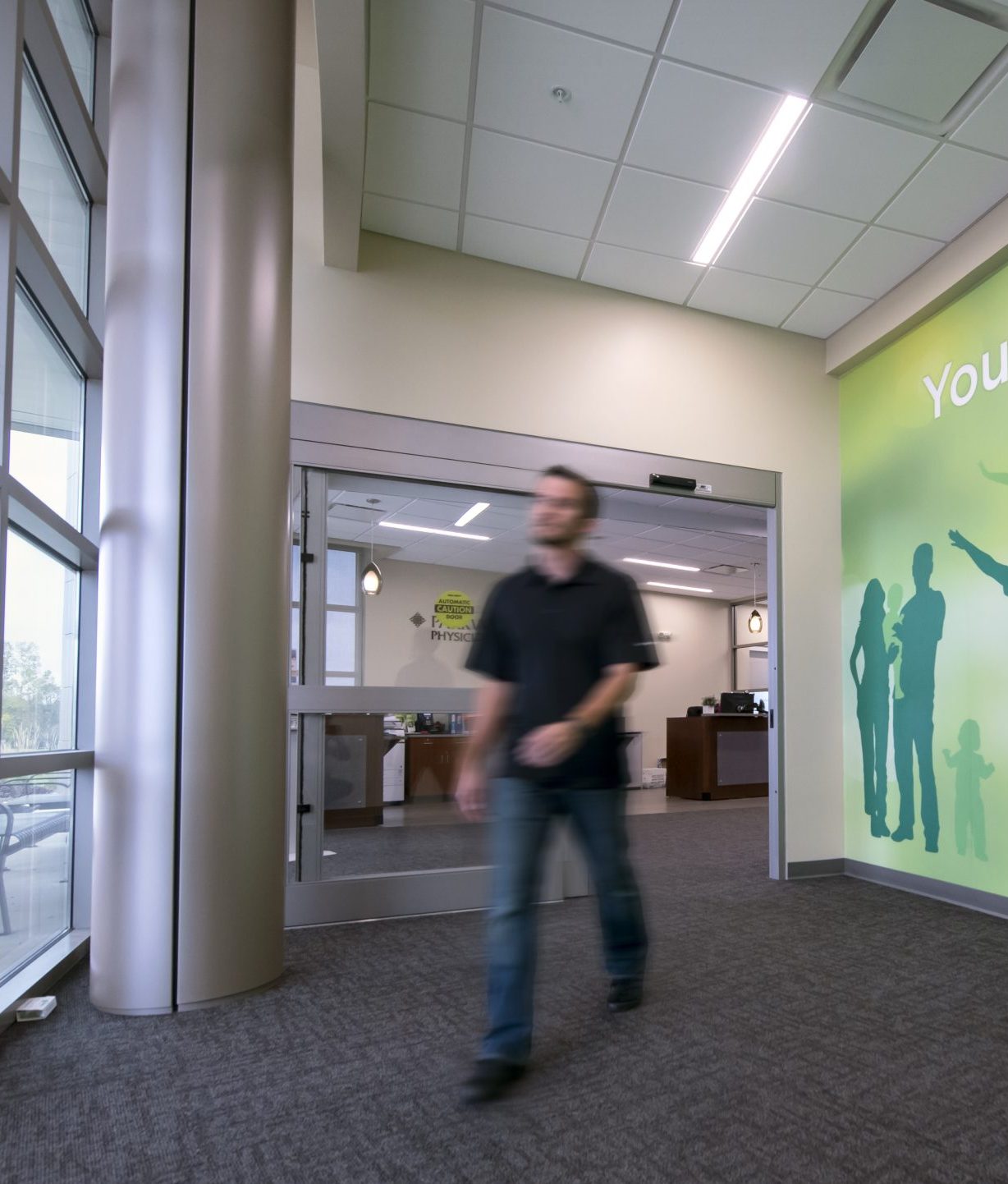

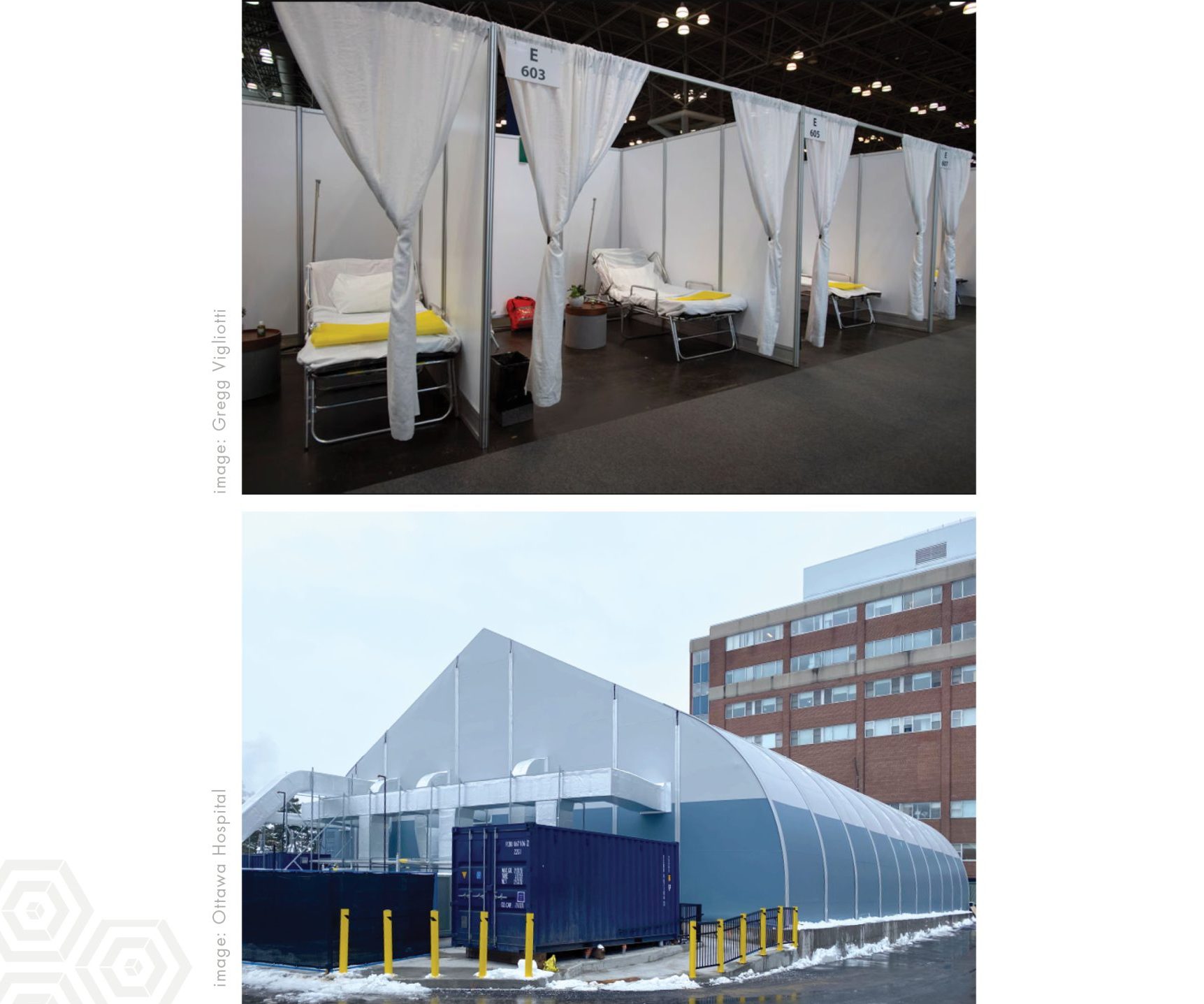
|
Key Revisions in the 2024 EditionInterior Exit Discharge Increased Capacity: Permits up to 75% of exit stairs to discharge through vestibules or foyers under specific conditions. Carbon Monoxide Detection New Requirements: For new healthcare and ambulatory care facilities, requiring detectors in rooms with fuel-burning appliances. Construction, Repair, and Improvement Operations Comprehensive Compliance: Requires all areas under construction to comply with the 2022 NFPA 241, not just means of egress. Alternative Care Sites (ACS) Informational Guidelines: New provisions for ensuring temporary care facilities meet fire life safety standards, developed in response to the pandemic. |



ConclusionThe revisions highlighted in this post are essential for maintaining up-to-date safety standards in healthcare facilities. However, these changes will only take effect upon CMS adoption of a recent LSC Edition, and it remains uncertain when this will occur, and which edition will be adopted. In the meantime, provisions in the newer LSC editions can be used to justify an equivalent level of life safety if cited during an accreditation or licensure survey. Staying informed about these updates and proactively integrating them into your facility’s safety protocols can help ensure compliance and enhance the overall safety and well-being of everyone in your care. By understanding these key revisions and staying updated with the latest standards, healthcare administrators and facility managers can significantly improve their operations, enhance safety, and provide better care to their patients. For a more detailed discussion on how these changes might impact your facility, feel free to reach out to our experts. We’re here to help you navigate the complexities of life safety codes and ensure your healthcare facility remains compliant and safe and we look forward to assisting you in creating a safer healthcare environment. |
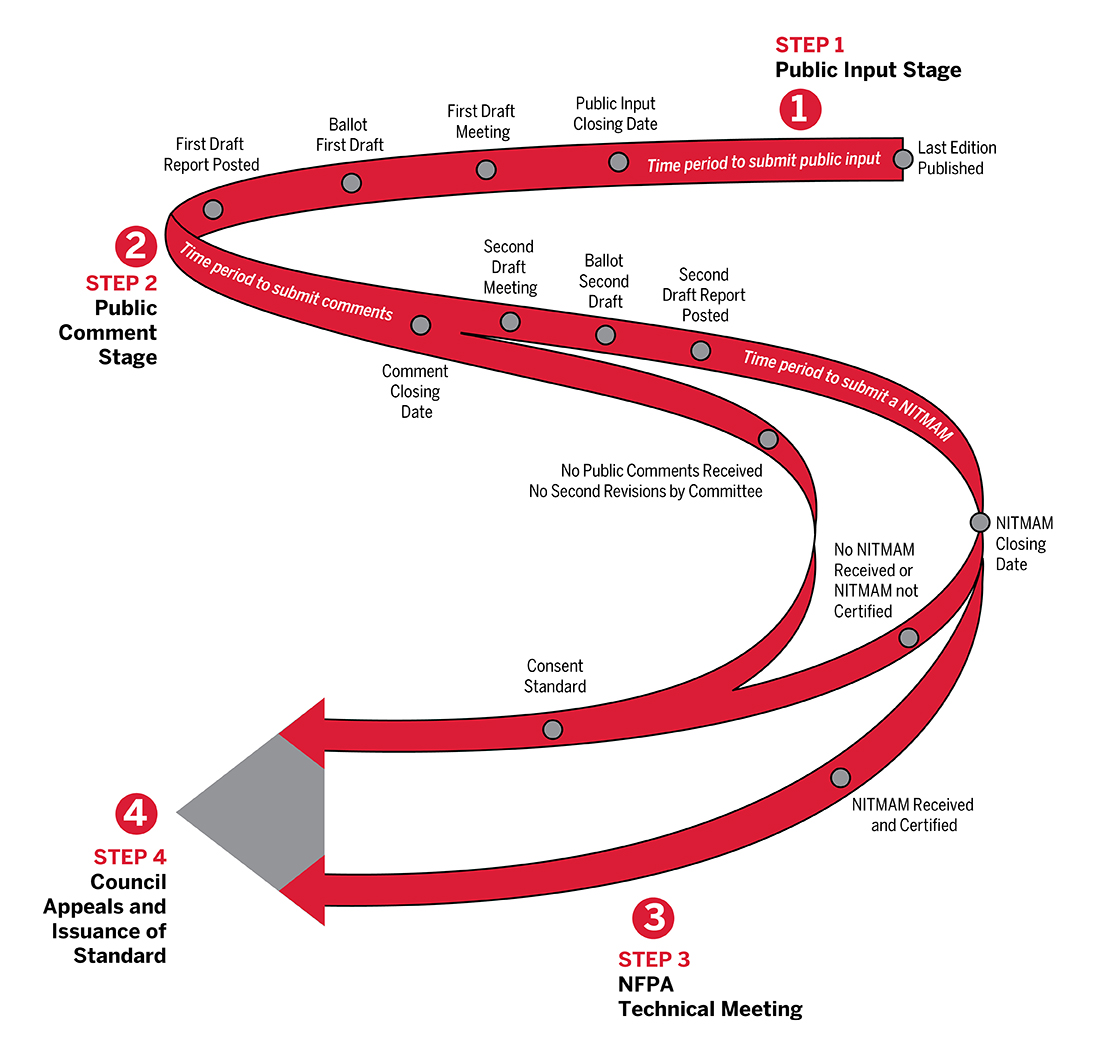
|

-
Author
Bill Ledger, AIA, ACHA, NCARB, EDAC, LEED AP, LSSGB
Partner, Healthcare Market Leader, Senior Healthcare Architect,
“The work we do helps caregivers be at their best—for their patients’ best.” Bill is Design Collaborative’s Healthcare Market and Studio Leader. He was one of the first architects in the state of Indiana to be board-certified in healthcare architecture by the American College of Healthcare Architects (ACHA). He is a recognized thought leader in…